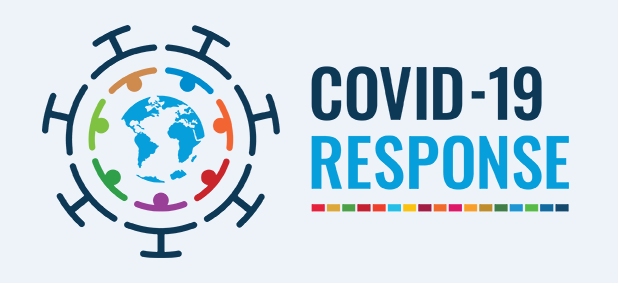Choosing a Climate Action Path Wisely
Choosing a Climate Action Path Wisely

Navroz K Dubash
For a climate-sensitive development plan, India must walk a line between the development-first climate-later' view and the 'untrammelled opportunity' view.
The past week saw another set of devastating images of likely climate-related disasters. The floods in neighbouring Pakistan affected 30 million people, destroyed vast acreage of crops and left a third of the country submerged. No country is immune from such impacts. There is a global imperative to act on the climate crisis, and also no doubt that India has to take climate change seriously in how we plan our development future. The question is how.
Some argue that as India has played very little role in causing the climate crisis, which is true, we should focus on conventional paths to development and address climate change later. Yet, climate change is changing the very nature of development. Without being proactive, India will be left behind in a new low-car this capital has to be mobilised at home, Indian households will end up consuming 1-2% less by 2060, compared to a baseline scenario. Banking on foreign investment to avoid this outcome is a big risk. Other countries are also competing for investment and the track record of the rich world in providing finance is suspect; the Paris Agreement-related pledge of $100 billion has not been met.
Even taking the study at face value, the implied bargain in the report looks like a very poor one for India. However, the bigger issue is whether models such as this should be taken at face value. For one, they make tenuous assumptions about technologies and costs for up to 50 years out; how well would someone in 1970 have predicted 2020 energy patterns? Moreover, these are frictionless models that cannot capture idiosyncratic features such as the fraught legacy of India's power distribution companies or the social implications of disruptive transitions such as a steep decline in coal use. They are better used to understand technical aspects such as how different forms of urbanisation affect India's future, but only if they are explicitly designed to do so. These models have their place but are most useful when they explicitly consider bon global economy and fail to adequately build climate-resilience.
Another view, however, is that climate change is an untrammelled opportunity: India has only to boldly and ever more ambitiously commit to being in the vanguard of global action, and good things will invariably follow. However, this perspective ignores the very real challenges of realising a lowcarbon future while pursuing development.
The pitfalls of the second view were brought home last month through an international report by the Asia Society Policy Institute. The top-line is that India's net zero emissions by 2070 pledge could result in higher Gross Domestic Product (at its highest, 4.7% higher than the baseline), create millions of jobs, and lead to an improved trade balance. If the net zero target is brought forward to 2050, the report stated, the positive effects would be even greater. Released by global dignitaries such as former United Nations (UN) secretary-general Ban Ki-moon and former Australian Prime Minister Kevin Rudd, among others, the report is hard to ignore. In their foreword, they suggest that to trigger this virtuous cycle, India should signal that it is ready and willing to pursue a sustainable transition, which in turn, will de-risk and enable overseas capital flows to fuel this transition. More











